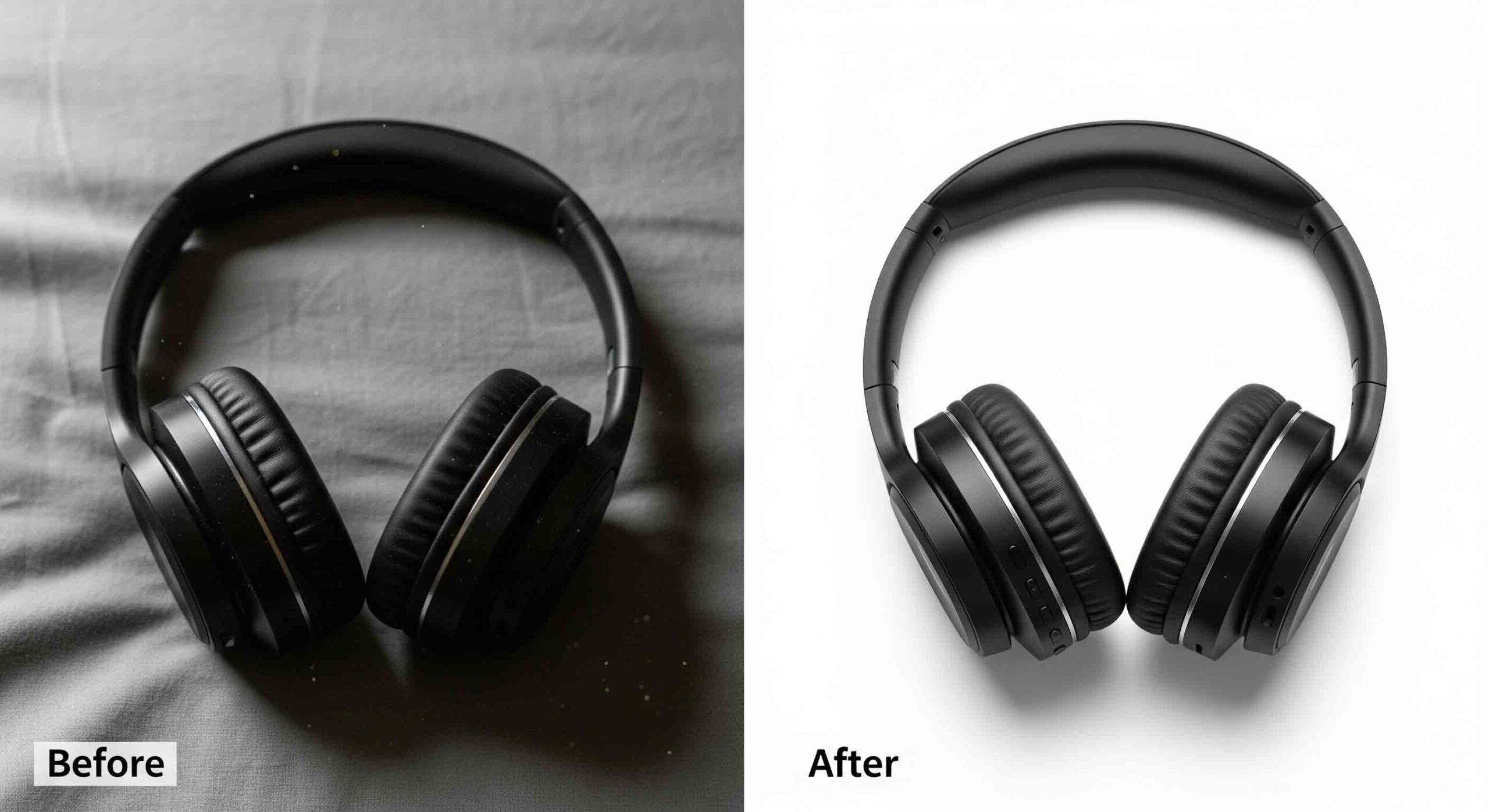What is Image Shadow Service?
Ever wondered why some product photos look so realistic and appealing?
The secret often lies in the shadow.
An image shadow service is a professional photo editing technique that adds natural-looking shadows to images, making them appear three-dimensional and lifelike.
Understanding Image Shadow Service
Image shadow service is the process of creating, enhancing, or refining shadows in a photo to give objects depth and realism.
It’s mostly used in product photography, especially for eCommerce stores, fashion catalogs, and digital marketing campaigns.
When shadows are added correctly, they help a product pop off the background, catching the viewer’s attention instantly.
Types of Image Shadow Services
1. Natural Shadow
Natural shadow means keeping or recreating the original shadow that appeared during the photo shoot.
This method makes the photo look authentic and unedited.
It’s often used for fashion, footwear, and furniture products.
2. Drop Shadow
A drop shadow is a digitally added shadow that falls behind the object, giving a sense of elevation.
It’s clean, simple, and works well for online stores and product catalogs where consistency is key.
3. Reflection Shadow
Also known as a mirror shadow, this technique creates a glass-like reflection under the product.
It’s popular for luxury items, like watches, jewelry, and electronics, to create a premium look.
Think of a perfume bottle placed on a glossy surface — that’s reflection shadow at work.
4. Cast Shadow
A cast shadow mimics how a real object blocks light naturally.
It falls on the surface behind or beside the object, giving a 3D appearance.
This shadow type works great for advertisements and creative displays.
5. Original Shadow Retouching
Sometimes, the original shadow in a photo isn’t perfect — it may be too dark or uneven.
With original shadow retouching, editors fix or enhance the existing shadow for a more balanced, natural look.
Tools Used for Creating Image Shadows
Adobe Photoshop
The most widely used tool for shadow creation.
With features like layer styles, opacity control, Gaussian blur, and transform tools, editors can produce any shadow type imaginable.
Lightroom
Lightroom helps in fine-tuning light and shadow balance.
It’s useful for subtle adjustments rather than full shadow creation.
GIMP
A free Photoshop alternative, GIMP provides essential shadow editing tools for beginners or small projects.
AI-Based Editing Tools
Modern AI tools can automatically detect objects and add shadows intelligently.
These tools save time while maintaining realistic results.
Step-by-Step Process of Adding Shadows
-
Import and prepare the image
Clean up the background and ensure the object is isolated. -
Isolate the object
Use a clipping path or masking technique to remove unwanted areas. -
Add or refine shadows
Choose the shadow type (drop, natural, or reflection) and create it manually or with effects. -
Adjust opacity and angle
Align the shadow’s direction with the light source. -
Final touch-up and export
Balance brightness, contrast, and color before exporting the final image.
Benefits of Image Shadow Services
-
Enhances realism and depth — shadows make products look 3D.
-
Boosts sales — better-looking photos attract more buyers.
-
Builds brand consistency — all products maintain a uniform appearance.
-
Improves professionalism — gives your catalog a polished finish.
-
Saves editing time — outsourcing helps maintain efficiency.
Common Mistakes to Avoid
-
Using too dark or light shadows
-
Adding shadows in the wrong direction
-
Ignoring background texture
-
Creating flat or fake-looking shadows
Correcting these issues ensures your photos stay realistic and balanced.
When Should You Use Image Shadow Services?
Use shadow services when you want your photos to stand out online.
Ideal scenarios include:
-
eCommerce listings (Amazon, eBay, Shopify)
-
Marketing ads
-
Product catalogs and brochures
Outsourcing Image Shadow Services
Outsourcing helps businesses save time and ensure professional quality.
When choosing a provider, consider:
-
Experience in product photo editing
-
Turnaround time and delivery format
-
Price transparency and customer reviews
Cost of Image Shadow Services
Prices depend on image complexity and quantity.
On average, rates range from $0.25 to $2.00 per image, with discounts for bulk orders.
The Future of Image Shadow Editing
AI and automation are revolutionizing photo editing.
Tools can now generate realistic shadows instantly, cutting down editing time dramatically.
The future may even bring real-time 3D shadow rendering for product photography.
Conclusion
Image shadow services are more than just photo edits — they bring your images to life.
From natural shadows to reflections and drop effects, these techniques give your photos the professional touch they need to attract and convert customers.
So, whether you’re a photographer, retailer, or brand, investing in shadow services can take your visuals to the next level.
FAQs
1. What is an image shadow in photo editing?
It’s a digital or natural shadow added to make the image look more realistic.
2. Which type of shadow looks best for products?
Drop shadows and reflection shadows are best for eCommerce products.
3. Can I create shadows without Photoshop?
Yes, tools like GIMP or AI-based editors can create shadows too.
4. Why do eCommerce stores use shadow services?
Because realistic product photos increase customer trust and boost sales.
5. How can I ensure my product photos look realistic?
Maintain proper lighting direction, shadow opacity, and background consistency.
